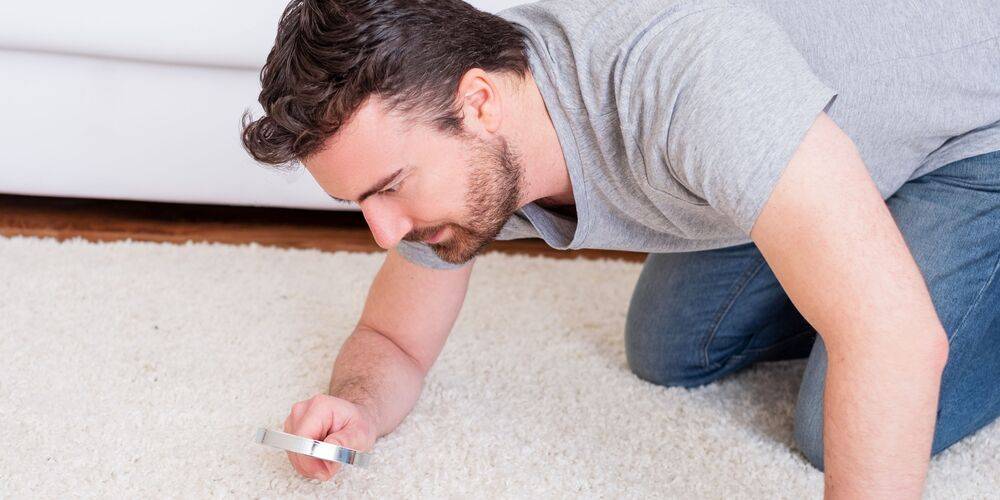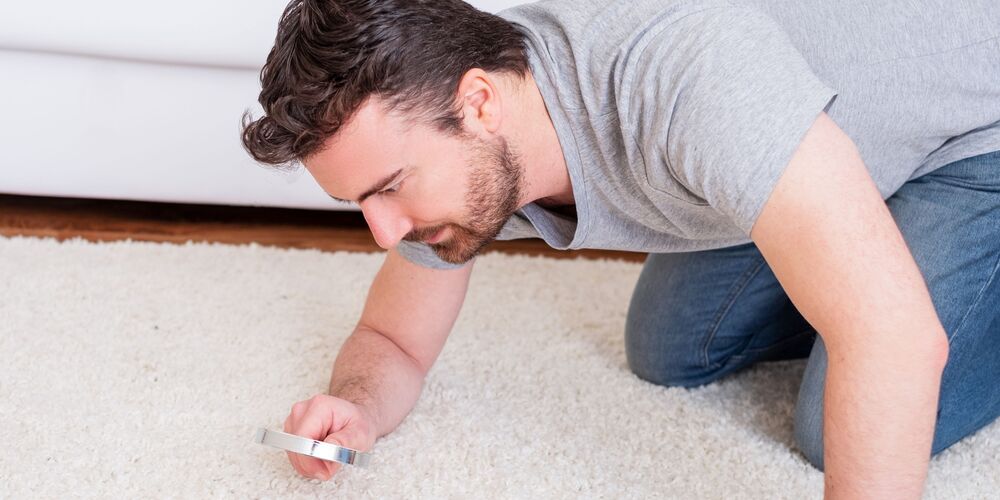Los ácaros del polvo y la respiración: ¿Duermes bien, no dejes que te piquen las chinches?
Los ácaros del polvo y la respiración: ¿dormir bien, no dejar que las chinches piquen?
19 de diciembre de 2023, Por Michael Grant White
¿Tiene problemas con las alergias a los ácaros del polvo? Explore cómo los ácaros del polvo afectan su respiración y qué puede hacer para eliminarlos.

¿Que duermas bien y no dejes que te piquen las chinches? Realmente no muerden. Simplemente se meten por la nariz, sofocan la respiración y causan alergias y estrés general en el sistema inmunológico.
El 25% de todas las alergias y el 50% de todas las enfermedades asmáticas se deben a los ácaros del polvo. ¿Te despiertas por la mañana con la nariz tapada, seca, apelmazada o incluso con sangre? ¿Infecciones de oído o pérdida de audición? ¿Pensamiento confuso? Podrían ser ácaros del polvo.
La forma más rápida de tener una idea de lo que está sucediendo es dormir al aire libre durante una o dos noches. No te preocupes por la contaminación exterior, ya que los ácaros del polvo son probablemente el mayor de los males y pueden empeorar cualquier otro problema del aire. Intentalo y ve que sucede. Puede notar una disminución de los síntomas y la capacidad de respirar más fácilmente por la nariz. Esa es tu pista.
Cuándo y dónde se encuentra
1. Hábitats/tipos de habitaciones y suelos
2. Estaciones
3. Tipo de estructura del edificio
4. Altitud/niveles de suelo
5. Nutrición de los ácaros. Lo que comen son a menudo partes de TI.
Control - Métodos físicos
1. Envolturas
2. Pisos
3. Lavado
4. Aerosoles que contienen benzoatos
5. Limpieza en seco
6. Aspirar
7. Pulverización
8. Calefacción
- Como vapor sobrecalentado para tratar alfombras
- Lavado en secadora
- Exposición directa a la luz solar
- Autoclave
- Calefacción en seco con mantas eléctricas.
9. Limpieza del aire

Conoce a Mike White
Conozca a Michael Grant White, el entrenador de respiración óptima y obtenga información práctica sobre el desarrollo de su respiración, su salud y su longevidad.




